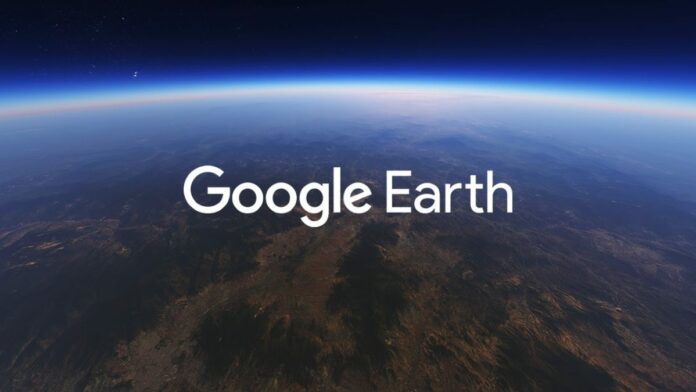Google Earth is a GeoBrowser launched by Google in 2011. The platform uses a multi-petabyte list of satellite imagery advertising geospatial datasets with planetary-scale analysis capabilities and makes it available to everyone, including scientists, researchers and developers, to detect changes, find map trends and prove differences on the earth’s surface. In the last fifteen years, billions of people have visited every corner of the world by activating Google Earth. So far, the platform has focused on creating a 3D replica of the world that reflects our planet with every minute of details.
What is with the time-lapse feature?
It’s time for environmental lovers to be happy about a new update on Google Earth. The forum has applied using the ‘Timelapse’ option. According to Google, the platform has collected 24,00,0satellite photos for the past 37 years and collected them for the interactive 4D experience. Now, everyone can experience the evolution of planetary changes that have occurred over the past four decades.
In addition to giving visibility to Earth on its development, Google also offers the facility to download small videos of selected locations. Users who are not interested in downloading videos can then access the clip on YouTube. Another interesting update to the new feature is that Google offers a guided tour for locations chosen by users. It tells stories about why and how the landscape has changed. For example, it explains how the forest cover has paved the way for cities to occupy their corridors and how ice has melted in some areas of the Earth. From now on, in addition to showing imagination, the feature shows how climate change has affected glaciers, beaches, forests and other places around the world.
To detect timelapse on Google Earth, go g.co/Timelapse– you can use an easy search bar to select any place on the planet you want to see time in motion, the blog post said. “We have uploaded more than 800 timelapse videos on both 2D and 3D for public use g.co/TimelapseVideos. You can choose whatever video you want as an mp4 video ready to use or watch video on YouTube.
Google has partnered with Carnegie Watermelon University’s Create Lab to unveil this feature and understand the reasons behind the change in scenario.
Follow and connect with us on Facebook, LinkedIn & Twitter


[…] has revealed more about the deep sea’s involvement in carbon cycling. To understand how climate change affects the oceans, we need the data collected by this […]